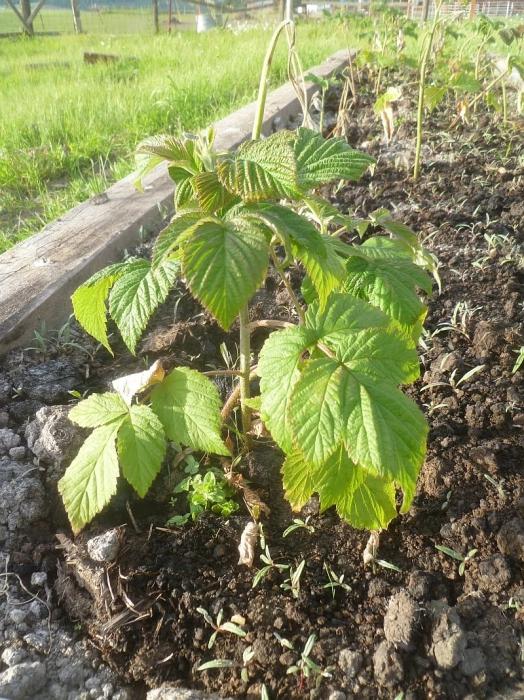
Raspberry is a very tasty and healthy berry. It is juicy, fragrant and sweet, with all this completely unpretentious. Shrubs can grow on almost any soil and in different climatic regions. However, do not forget that the external environment and the use of proper agricultural technology strongly affect yields. From the same bush, you can get as a few small berries, and a couple of kilograms of juicy fruits. Not the least role in obtaining a high yield is played by a timely raspberry transplant.

This berry, like any other garden plant,requires a certain set of trace elements, which the shrubbery obtains from the soil. If the raspberries are in the same place for several years, the soil is gradually depleted, and even top dressing can not improve the situation. The berries on the bush are thin, the yield decreases, the number of new shoots decreases. That is why raspberry transplantation should be carried out every 3-4 years, because even in the wild the raspberries are not in the same place. In a natural environment, raspberry bushes rarely grow on the same territory for more than 10-12 years, and abundant fruiting is observed only for 3-5 years. Then the old bushes die, and the young shoots take over a new place.

Theoretically, a shrub can be transplanted thoughin the fall, even in the spring. However, most gardeners tend to believe that the optimal time for a raspberry transplant is the end of the summer. Many people call the best period for the transfer of shoots in September or even the beginning of October, but it must be remembered that planting material must have time to take root before freezing. Therefore, it is necessary to focus on a specific climatic region and on a long-term weather forecast. And if the summer turned out to be cold and cold autumn is expected with early frosts, then it is possible to transplant at the end of July. In spring, a raspberry transplant is performed before the kidneys have swelled.

For reproduction, select young green shoots,which have never fruited. Then the seedlings are carefully inspected, the weak, thin and diseased stems are discarded. The aerial part near the shoots is cut to 30-35 cm, the partially decayed or damaged roots are removed to healthy shoots.
Raspberry is transplanted into holes or furrows deep20-35 cm. The seedlings deepen to the same level as they grew before, then they are poured with compost and covered with soil, which is slightly rammed. Then the bushes are watered - 6-8 liters per seedling. In arid soils, the furrows or holes are not completely covered, leaving room for collecting water. In the wetland, raspberries are planted in raised beds, and excess water is diverted with the help of interrow furrows. After transplanting, the soil around the bush should be covered with mulch, sawdust, peat dry bark, straw, etc., can be used as mulch.
Important information: Before transplanting, make sure that raspberry has reduced yields due to a lack of nutrients, and not because of any disease or pest. Otherwise, even when you transfer the raspberry to a new place, you will not be able to get a good harvest.
</ p>